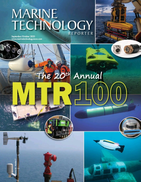Saildrone Surveys Gulf of Maine to Identify Potential Deep-sea Coral Habitat
A previously unmapped section of the north-central Gulf of Maine has been surveyed to identify potential deep-sea coral habitats.
Saildrone said it mapped 1,500 square nautical miles in the Jordan and Georges Basins in support of the National Oceanic and Atmospheric Administration (NOAA) led mission.
The Gulf of Maine is a productive and dynamic marine environment, with a diverse array of marine life, productive fisheries, unique underwater habitats, and a complex topography of deep basins, shallow banks, and steep slopes. However, there is extremely limited mapping data available, especially in deeper waters.
Two Saildrone Voyager uncrewed surface vehicles (USV) gathered data at depths up to 300 meters around the Jordan and Georges Basins. The data has revealed a complex and varied underwater landscape, reflecting its glacial history and dynamic oceanographic processes.
“The Saildrone Voyagers are filling in a substantial gap in seafloor data in the Gulf of Maine. NOAA and partners are very interested in better understanding habitats in the region that may support fish production. These high-resolution seafloor maps will inform future surveying and modeling efforts, as well as aid in the New England Fishery Management Council’s fishery management decisions,” said Heather Coleman, a researcher with the NOAA Fisheries Office of Habitat Conservation’s Deep Sea Coral Research and Technology Program.
The high-resolution maps will guide visual surveys of coral and sponge habitats using remotely operated vehicles for multiple NOAA cruises in 2024 and 2025. The data will also inform new species distribution models in the Gulf of Maine, which until now was not possible because of the lack of high-resolution seafloor information.
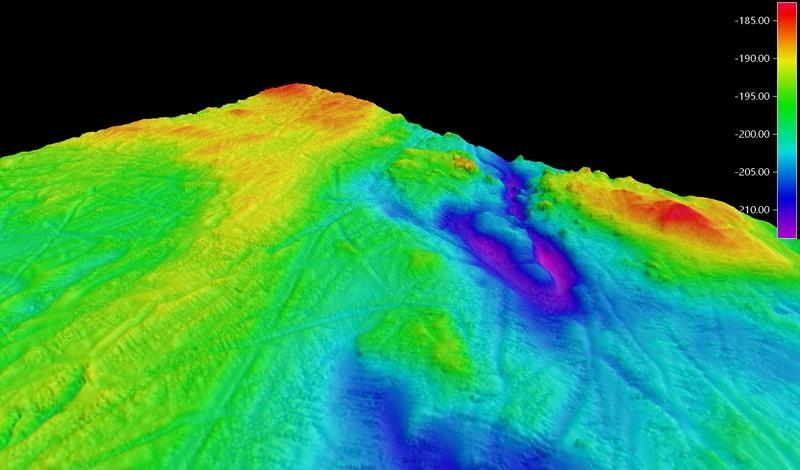 (Image: Saildrone)
(Image: Saildrone)
“This is the first successful demonstration of Saildrone Voyager mapping capabilities, pushing the envelope of what is possible using autonomous systems for shallow to mid-depth EEZ mapping. Its state-of-the-art Norbit multibeam echo sounder combined with near-silent operations and classification from the American Bureau of Shipping, make Saildrone’s Voyager the USV of choice for near-shore mapping. These capabilities can be applied for any number of missions, from habitat exploration to safety of navigation to site characterization for offshore wind,” said Brian Connon, Saildrone’s VP of Ocean Mapping.

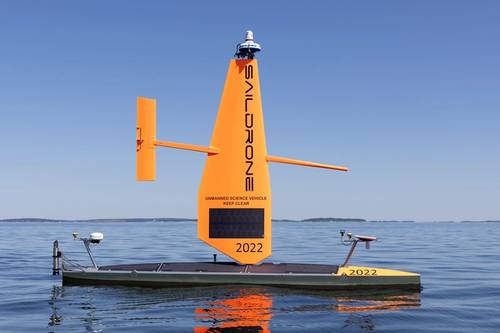
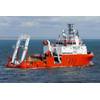
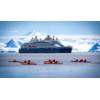
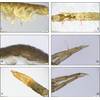
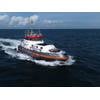
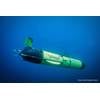






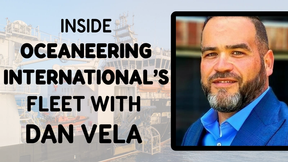
 August 2025
August 2025


